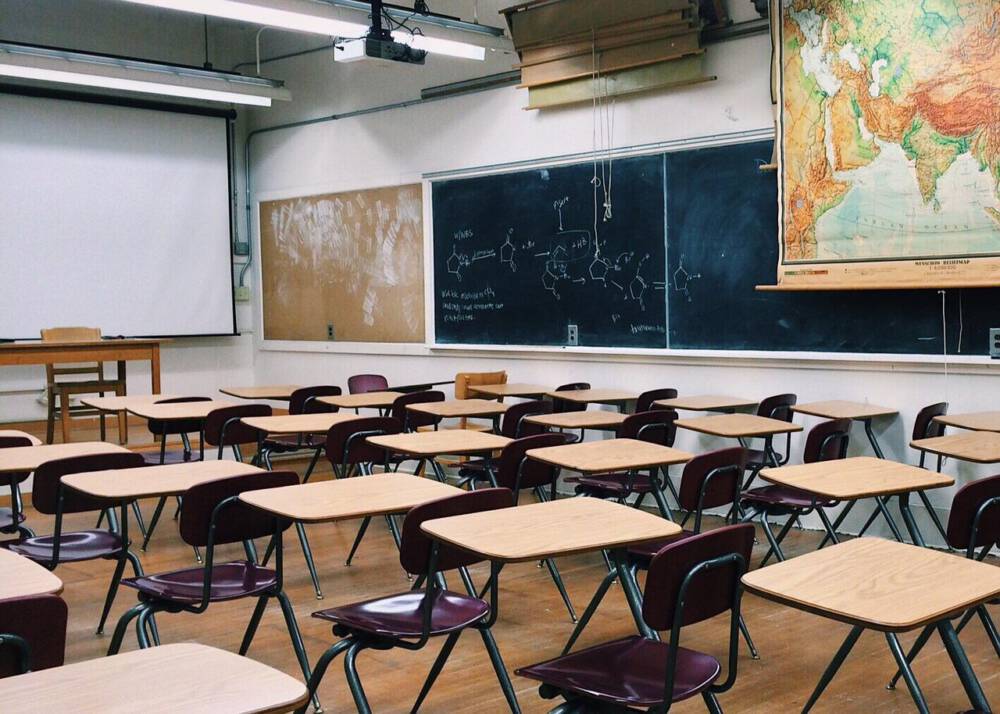After the holidays, the government will restore the usual rules of absenteeism from lower secondary and upper secondary schools. This means that students can no longer submit their own statement or confirmation from a parent to document their absence for health reasons.
This means that the normal documentation and absence rules apply again from the beginning of the new school year. This is in line with the decision taken by the government in November 2021 when temporary rules were established.
- During the pandemic, we wanted students with symptoms of respiratory diseases not to go to school for fear of high absenteeism. We also wanted to avoid the spread of the coronavirus. I am very happy that society has returned to a more normal everyday life, also at school. This means that in the fall we will return to the normal rules and routine of school attendance, says Education Minister Tonje Brenna.
The upper secondary school absence limit is such that if a student has more than 10% undocumented absences from a subject, he or she does not receive a grade in that subject. A student may have a documented absence with valid documentation. However, during the pandemic, the government introduced temporary exemptions from the documentation requirement for health-related absences. At the end of this school year, students are not allowed to go to health service to document health-related absences.
The absence must be documented
As of autumn, students can no longer use a self-declaration or parental confirmation to document their medical absence. However, it is only in the event of absences of more than 10 percent that students need documentation. They do not have to go to the medical staff every time they fall ill, as long as they are under the absence limit. The current documentation in accordance with the rules on the limit of absences is a medical certificate or documentation of another expert, e.g. a physiotherapist, dentist, psychologist or nurse. Absence due to health reasons will not be counted towards the limit of absences.
You have to look at the absenteeism limit
- It is important that students come to school both to learn and to be part of the community. We know that the limit of absences has contributed to students being at school more often. We also see that the current absence rules have their challenges. Therefore, we must constantly work on how to improve the rules so that they contribute to the greater presence of students in the school, says Brenna.
- We will look at how regulations can be improved for the benefit of students and schools, so that they contribute to increased attendance and better implementation in upper secondary education. The regulations must be seen as fair for both teachers and students. Now we check if they are not too complicated and too bureaucratic - says Brenna.
Source: regjeringen
Read and learn more: The first license for a solar power plant in Norway has been granted


